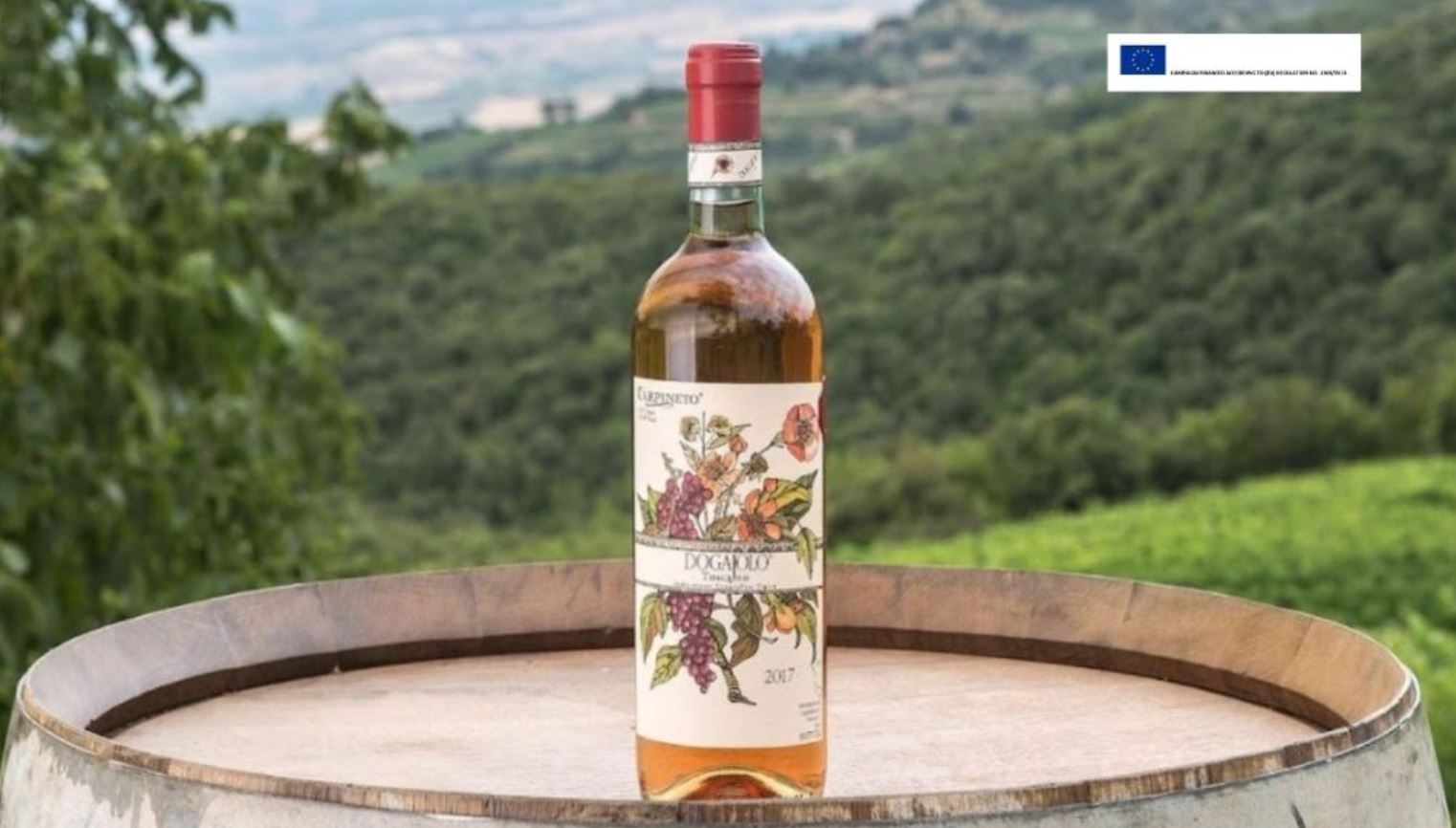There is the common thinking that in order to live a good life, one needs balance and those who think a bit of constant random extremes makes life more exciting. This is the same philosophy that goes into the making of a wine. How many times have you heard “This wine/dish is well balanced”?
But what exactly does that even mean? And is imbalance a defect or a quality? Let’s look at the technical evaluation of wine and try to understand what makes a balanced wine.
Every glass of wine that we taste, from the most scarce to the most prestigious Reserve wines has immutable characteristics. Each wine is composed of elements of “softness” and “hardness” which pertain to its own physical and chemical composition allowances. Let’s start with the “soft” qualities. They are usually determined by the amount of sugar, alcohol and polyalcohol. These elements determine whether a wine is dry or sweet, has high or low alcohol content, and is soft or not.
The sugars measure the amount of natural fermentation which has been added to a wine, alcohol measures the amount of fermentation from must, and the polyalcohol measure the number of natural molecules present in grapes. The “hardness” of a wine instead can be divided into acidity (the freshness of a wine, how much salivation it produces), tannic presence (for red wines) and sapidity (the slightly salty sensation we feel on the tip of our tongues). A wine can be more more “fresh” than “savory”, depending on whether it gives a feeling of cleanliness on the palate rather than salinity, or an unbalance in tannic presence, rather than astringency.
In any case, wine is generally called “balanced” when it finds a perfect union between all these values – those of softness and hardness, acidity and alcohol, polyalcohol and tannic presence, sugar and sapidity. If a wine does not have any particular characteristics which leans more towards one of these elements, we can say that a wine is well-balanced. Is this a quality? This is something which can be found in a Farnito Cabernet Sauvignon, which has a marked softness, velvety tannins and great freshness. In this case however, the opposite is not a defect of an “unbalanced” wine.
Sagrantino di Montefalco is a good example of this – it tends towards a strong tannic presence, and pairs well with great roasts and dishes of a strong structure. The most important thing to remember when choosing a wine is to look for the combination you want to bring to your palate. The results, depending on the palate you are pairing it with, can be very surprising!
But what exactly does that even mean? And is imbalance a defect or a quality? Let’s look at the technical evaluation of wine and try to understand what makes a balanced wine.
Every glass of wine that we taste, from the most scarce to the most prestigious Reserve wines has immutable characteristics. Each wine is composed of elements of “softness” and “hardness” which pertain to its own physical and chemical composition allowances. Let’s start with the “soft” qualities. They are usually determined by the amount of sugar, alcohol and polyalcohol. These elements determine whether a wine is dry or sweet, has high or low alcohol content, and is soft or not.
The sugars measure the amount of natural fermentation which has been added to a wine, alcohol measures the amount of fermentation from must, and the polyalcohol measure the number of natural molecules present in grapes. The “hardness” of a wine instead can be divided into acidity (the freshness of a wine, how much salivation it produces), tannic presence (for red wines) and sapidity (the slightly salty sensation we feel on the tip of our tongues). A wine can be more more “fresh” than “savory”, depending on whether it gives a feeling of cleanliness on the palate rather than salinity, or an unbalance in tannic presence, rather than astringency.
In any case, wine is generally called “balanced” when it finds a perfect union between all these values – those of softness and hardness, acidity and alcohol, polyalcohol and tannic presence, sugar and sapidity. If a wine does not have any particular characteristics which leans more towards one of these elements, we can say that a wine is well-balanced. Is this a quality? This is something which can be found in a Farnito Cabernet Sauvignon, which has a marked softness, velvety tannins and great freshness. In this case however, the opposite is not a defect of an “unbalanced” wine.
Sagrantino di Montefalco is a good example of this – it tends towards a strong tannic presence, and pairs well with great roasts and dishes of a strong structure. The most important thing to remember when choosing a wine is to look for the combination you want to bring to your palate. The results, depending on the palate you are pairing it with, can be very surprising!





